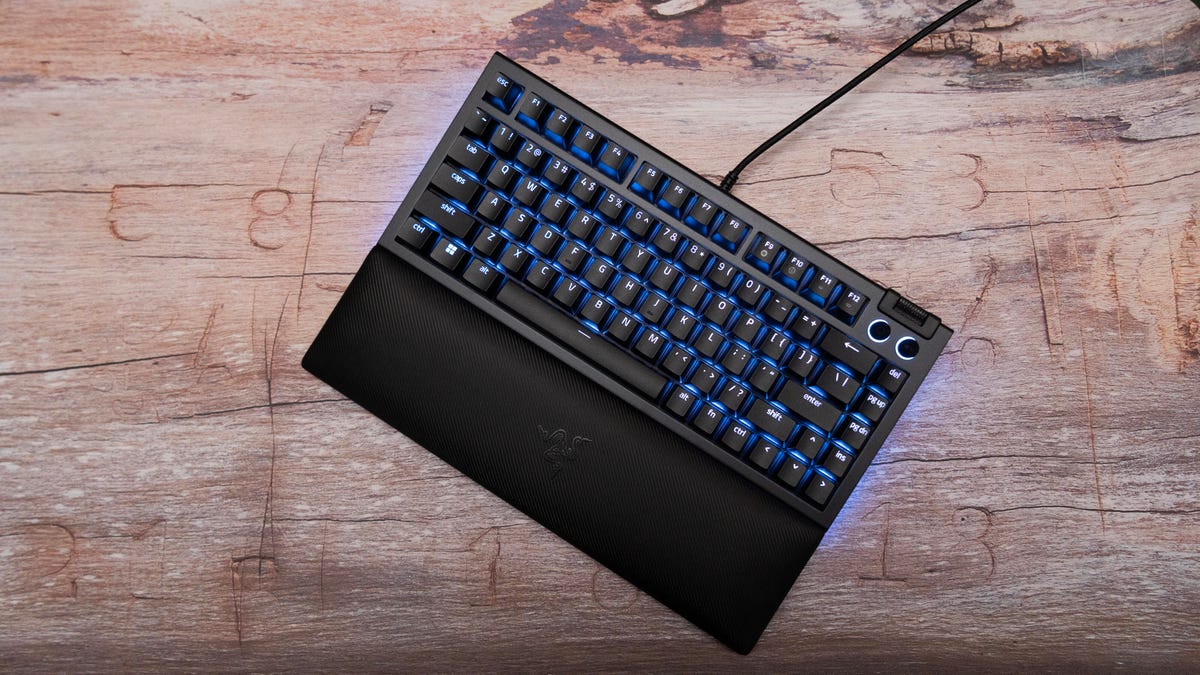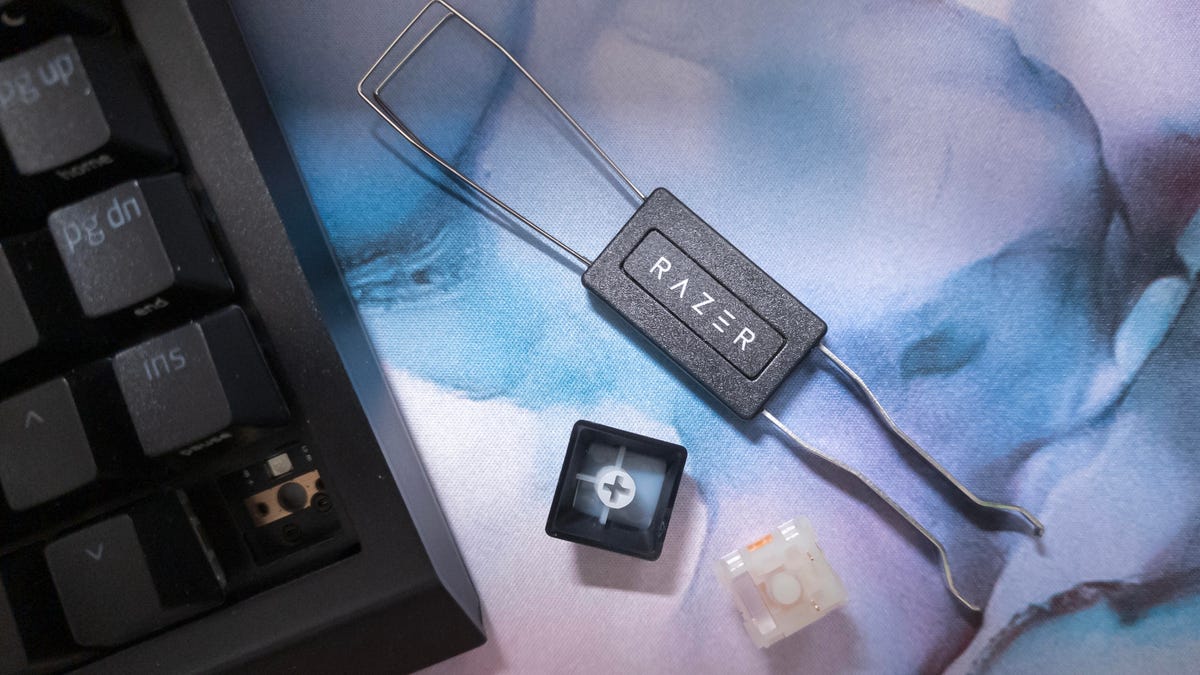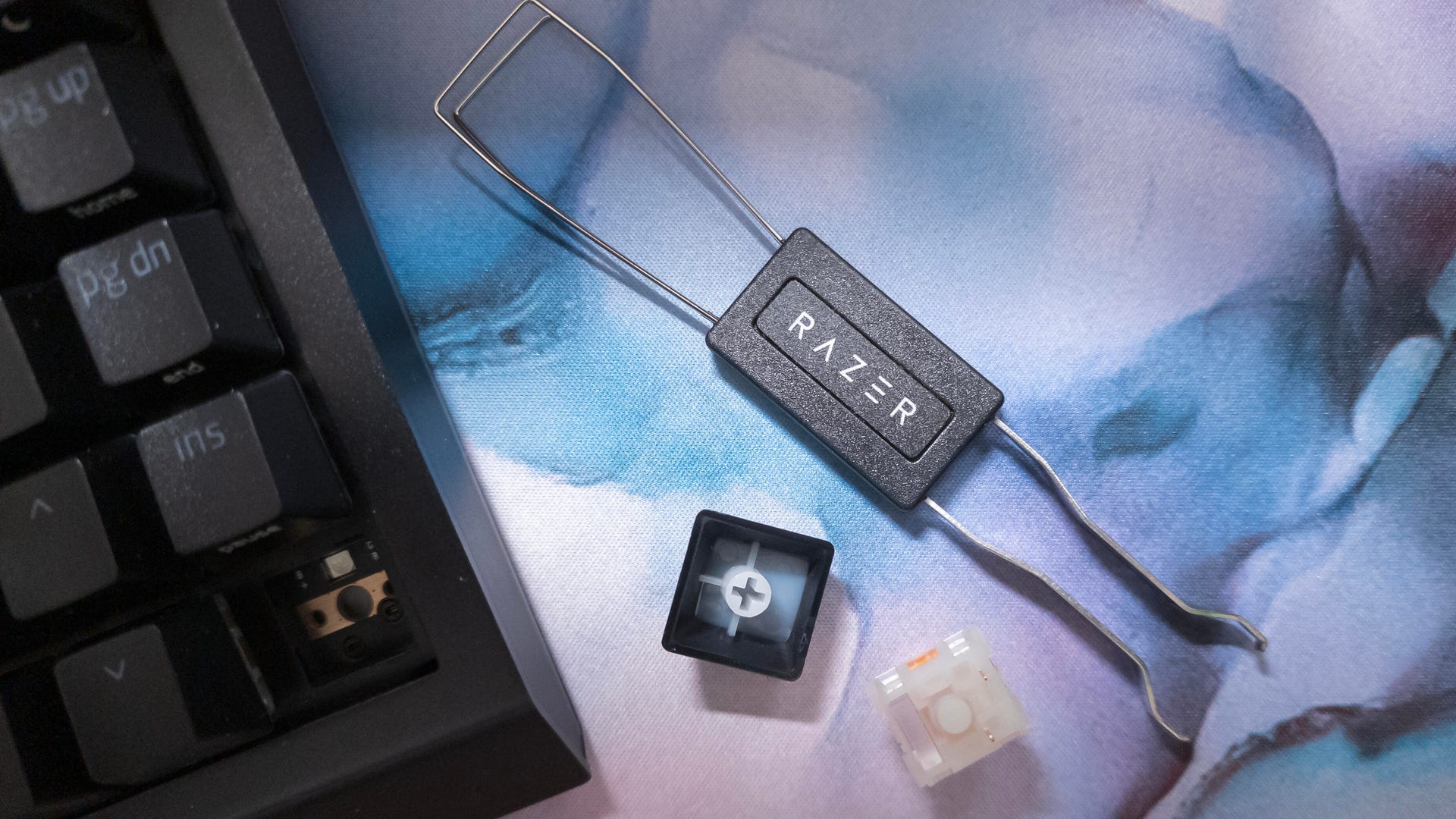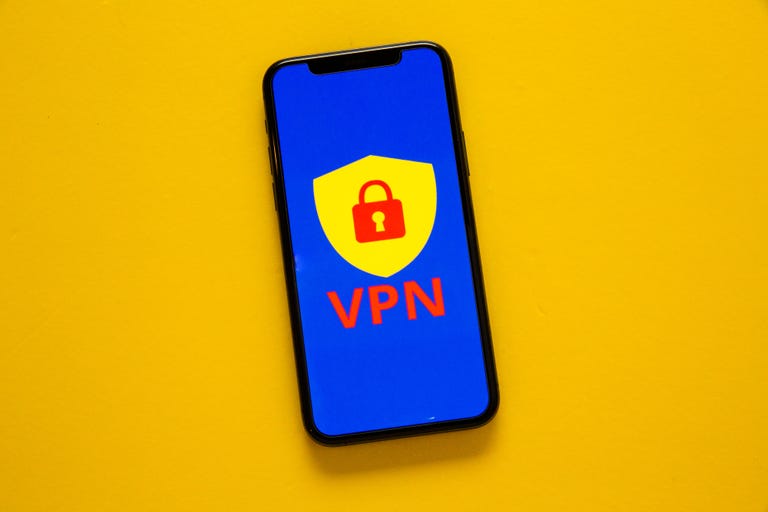Jujutsu Kaisen took anime fans by storm when season 2 arrived in July and dug into Gojo and Geto’s past. Now that we’ve seen their fight with Toji and were immersed in their bestie relationship, soon it will be time for the next part of the story: the Shibuya Incident Arc.
Viewers will learn the mole’s identity at Jujutsu High as things turn serious and deadly for all sorcerers — and perhaps the general public. Set during Halloween, the arc ups the stakes for a few fan-favorite characters, and you should expect epic battles along with some wins and losses. Tragedy will strike.
Directed by Shota Goshozono with a screenplay from Hiroshi Seko, Jujutsu Kaisen season 2 is broken into two consecutive cours. Here’s when and how to watch the newest part of the series, and be sure to check out more anime to watch in August.
Read more: Best Anime Streaming Services for 2023

When to watch Jujutsu Kaisen season 2
Jujutsu Kaisen season 2 left off with episode 5, and the series is streaming exclusively on Crunchyroll for premium subscribers. The next installment will begin airing Thursday, Aug. 31 at 10 a.m. PDT (1 p.m. ET). New episodes will stream each week after they air in Japan.
Viewers can currently watch subtitled or dubbed versions for season 2’s first five episodes.
Read more: Best Streaming Service of 2023
How to watch Jujutsu Kaisen season 2 from anywhere with a VPN
Perhaps you’re traveling abroad and want to stream Crunchyroll while away from home. With a VPN, you’re able to virtually change your location on your phone, tablet or laptop to get access to the anime series from anywhere in the world. There are other good reasons to use a VPN for streaming too.
A VPN is the best way to stop your ISP from throttling your speeds by encrypting your traffic. Using a VPN is also a great idea if you’re traveling and find yourself connected to a Wi-Fi network, and you want to add an extra layer of privacy for your devices and logins. Streaming TV can be a bit smoother with a reliable, quality VPN that’s passed our tests and security standards.
You can use a VPN to stream content legally as long as VPNs are legal in your country and you have a valid subscription to the streaming service you’re using. The US and Canada are among the countries where VPNs are legal, but we advise against streaming or downloading content on illegal torrent sites. We recommend ExpressVPN, but you may opt for another provider from our best list such as Surfshark or NordVPN.
Follow the VPN provider’s instructions for installation, and choose a country where Jujutsu Kaisen is streaming on Crunchyroll. Before you open the streaming app, make sure you are connected to your VPN using your selected region. If you want to stream the series on more than one device, it’s possible you’ll need to configure each one to ensure you are signed in. Go to settings and check your network connections to verify you’re logged in and connected to your VPN account. Now you’re ready to open Crunchyroll to stream.
If you run into issues with streaming, first make sure your VPN is up and running on its encrypted IP address. Double-check that you’ve followed installation instructions correctly and you’ve picked the right geographical area for viewing. If you still encounter connection problems, you may need to reboot your device. Close all apps and windows, restart your device and connect to your VPN first. Note that some streaming services have restrictions on VPN access.




